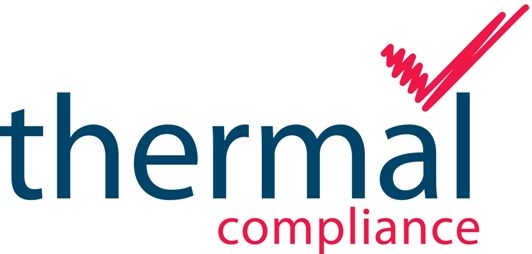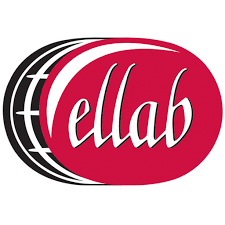GMP Temperature and Humidity Mapping Services - UK & Ireland
Compliant GxP Thermal Mapping Solutions
We prioritize quality and speed, ensuring your critical environments are optimized swiftly and to the highest standards.
Warehouses and
Cold Stores
Laboratory
Equipment
Cryogenic
Storage
Shipping
Studies
Stability Cabinet & Incubator
Humidity Mapping
Frequently asked questions
What is Temperature Mapping and why is it required?
Temperature Mapping is the process of using multiple
calibrated temperature sensors to record temperature across a defined space
such as cold rooms, warehouses, fridges, freezers or incubators for a defined duration.
Studies are performed under operational conditions and may include additional
studies including door open testing, power failure tests, empty / loaded
temperature distribution tests and temperature penetration tests. This ensures temperature
uniformity, identifies hot and cold spots and demonstrates the environment can
consistently maintain the required conditions.
Temperature mapping is a regulatory expectation by authorities including the MHRA, EMA, HPRA and FDA as part of GMP and GDP frameworks. It forms a core element of qualification and requalification activities. Without a compliant study, companies risk audit findings, product degradation and regulatory action. By performing mapping correctly, you provide objective evidence that your controlled environments protect product quality and patient safety.
Why choose Thermal Compliance for temperature mapping?
What makes us different?
- Experienced engineers - with over 15 years of GMP/GDP experience, not just technicians.
- The right test equipment - we operate a range of industry leading validation equipment (Ellab, Kaye, Vaisala, Rotronic etc.) to ensure the most suitable equipment for your application. Using the correct tools can make the difference between a successful and a failed study.
- Flexible protocols - we can execute your company protocols or generate bespoke documentation tailored to your process.
- Audit ready reporting- clear, compliant documentation designed to withstand regulatory inspection.
- Failure resolution - If issues arise, we work with you to identify the root causes and corrective actions, not simply report a failure.
Temperature Mapping is not a simple pass/fail exercise, and not all failures mean equipment must be retired. In many cases, corrective actions or process adjustments can restore compliance and avoid costly replacement. If you are experiencing failure or have a complex mapping requirement, contact us we may be able to help protect your equipment.
How often should temperature mapping be performed?
What dataloggers are used for Temperature and Humidity Mapping?
How many sensors should be used in a temperature mapping study?
The number of sensors required required depends on:
- Size of the space (for example fridge or large warehouse)
- Useable space (shelves, racks, maximum and minimum storage height)
- Regulatory Expectations and SOPs (MHRA, FDA, EMA, HPRA)
- Potential high risk areas
Examples of sensor locations locations:
- Lowest and Highest storage locations
- Grid pattern covering useable space
- Near Sources of heating or cooling
- Doors and access points
- For warehouses consider windows, skylights, doors, vents, HVAC, lighting,
- Ambient temperature (external)
We recommend a physical inspection of the unit before every study to define the most appropriate sensor locations.









